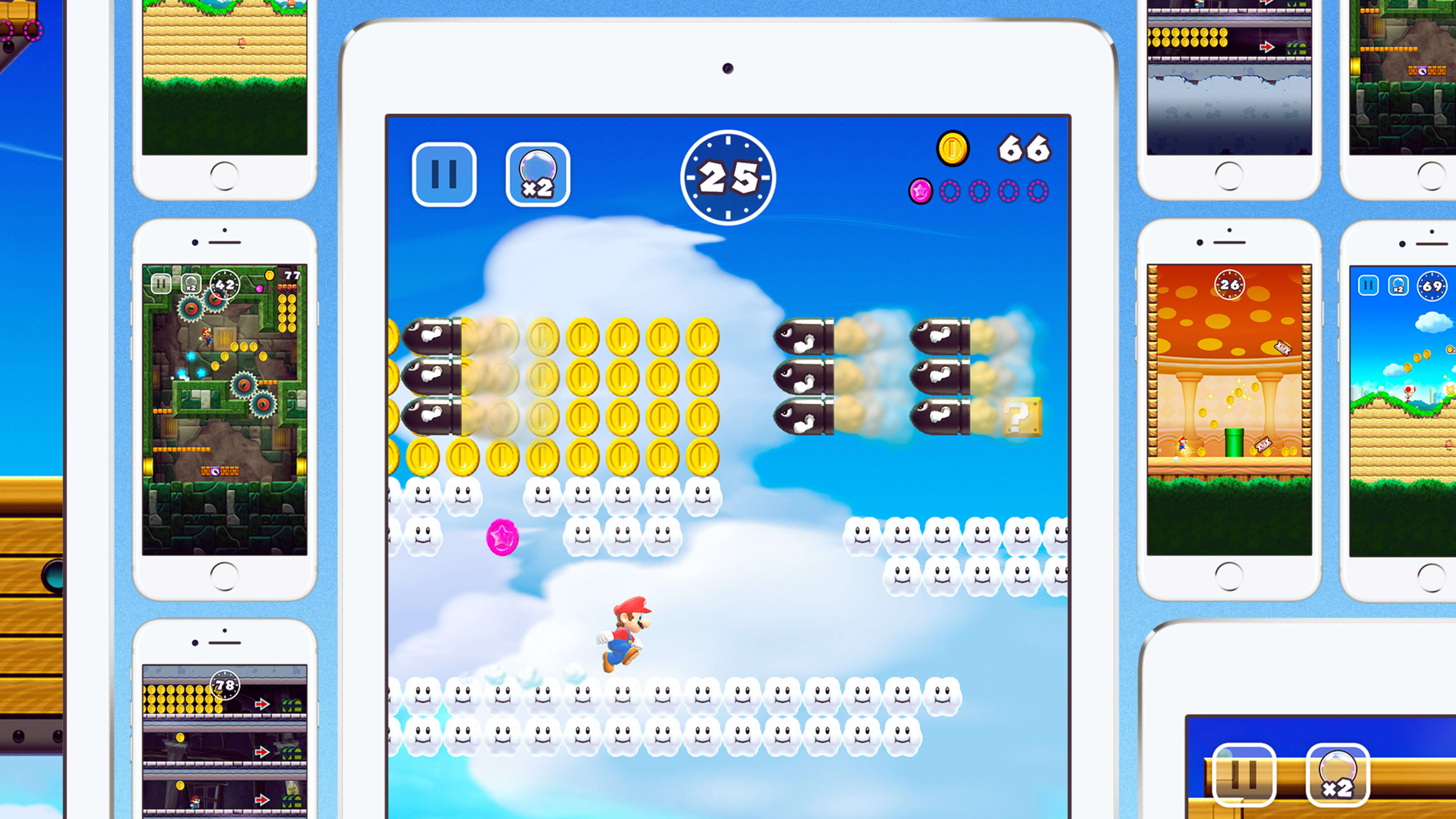Mario is running. He hops from one turtle enemy to another, then onto a higher platform. He jumps and grabs a batch of coins, including the rare pink challenge coin. And then he runs some more, ever closer to the goal, giving me the chance to beat my high score.
For anyone who’s ever encountered a Super Mario Bros. game, it’s a comfortably familiar feeling. But this isn’t one of the myriad Mario titles for Nintendo’s consoles and handhelds. This is Mario on an iPhone.
With the December 15 launch of Super Mario Run for Apple’s iOS devices–both iPhone and iPad–Nintendo is finally taking an important step forward into the smartphone-centric world of mobile gaming. When the game launches, it will be a “free to start” version that gives access to its first world: three courses and a brief glimpse of that world’s concluding castle course. The full game costs $9.99, giving access to all six of its worlds, 24 courses in all, and a few other game modes. No other payments are required in the game, micro or otherwise.
“Once you are playing this game, you don’t want to stop and be asked about a future payment,” says Nintendo of America president Reggie Fils-Aime. “When I play, I find I want to go from one level to the next. So charging that one singular price is really going to make for a more enjoyable consumer experience. And certainly from a parent or guardian perspective, they will be comfortable that their kids will be able to enjoy it fully without any subsequent costs.”
Super Mario Run has much simpler controls than past Mario games, befitting the touch-centric iOS platform. He automatically runs forward, constantly dodging obstacles or enemies. With a tap, he jumps–the longer the tap, the higher the leap. Like other Mario games, you jump on enemies to defeat them and jump into blocks to break them. There is even jumping into and then jumping off of walls to get to hard-to-reach places. Tapping while jumping will make Mario do a twirl, increasing the distance he travels. Though in Super Mario Run Mario only runs to the right, there are arrow blocks that may make him briefly reverse direction to access a different area.
The result is a game that plays different than other Super Mario games, but still feels like Mario. It gives you the same thrill when you succeed at grabbing a power-up, killing three enemies in a row, or successfully doing a series of wall jumps to get to a small corner where a pink coin waits. But the simplified controls and short levels that take only a minute or two make the game feel that much more exciting and twitchy. And those tricky challenge coins are just calling out for Mario veterans like myself to collect.
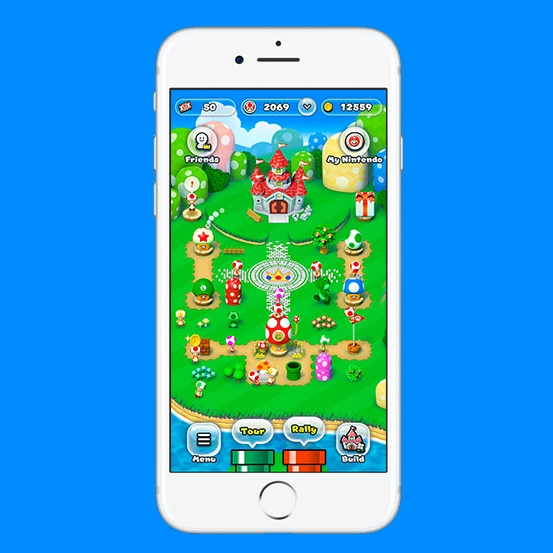
More than most Mario titles, this one focuses on collecting coins. Besides the usual ones spinning in the air and hidden inside blocks, you also collect them by defeating enemies and for jumping on each level’s flagpole finish. The more enemies you beat in a row, the more coins you get. Super Mario Run even keeps track of how many of each enemy you have defeated across the lifetime of the game. When you finish a level, you see your all-time high score in the level as well as the high scores of your friends.
Competition is emphasized throughout the game–not just your friends from Apple’s Game Center network, but also ones you’ve invited via email, social media, or Nintendo ID. Besides displaying friends’ scores when you finish the game, there is a mode called Rally. Those require special Rally Ticket items to play, which you can unlock during gameplay. (You also start with some.)
In Rally mode, you are in a one-minute race with a competing character, an AI-opponent ghost whose gameplay style is copied from data of friends you play. Whomever gets the most coins–and impresses the toad audience watching the race with special jump maneuvers or enemy kills–wins the race. Winning the Rally, besides giving you bragging rights, also gives all the Toads you impress to move into your Kingdom.
Your kingdom is the game’s starting screen. And in Kingdom Builder mode you can customize it, adding decorations like giant mushrooms or hills, buildings such as toad houses, and specialty items like mysterious question blocks. Some buildings can only be added after you acquire a certain number of toads, which is incentive to keep playing in the Rally mode. Earning tickets for the Rally mode, which is a chance to beat your friend’s ghost, is incentive to keep playing the Tour mode where you run through the game’s six worlds.
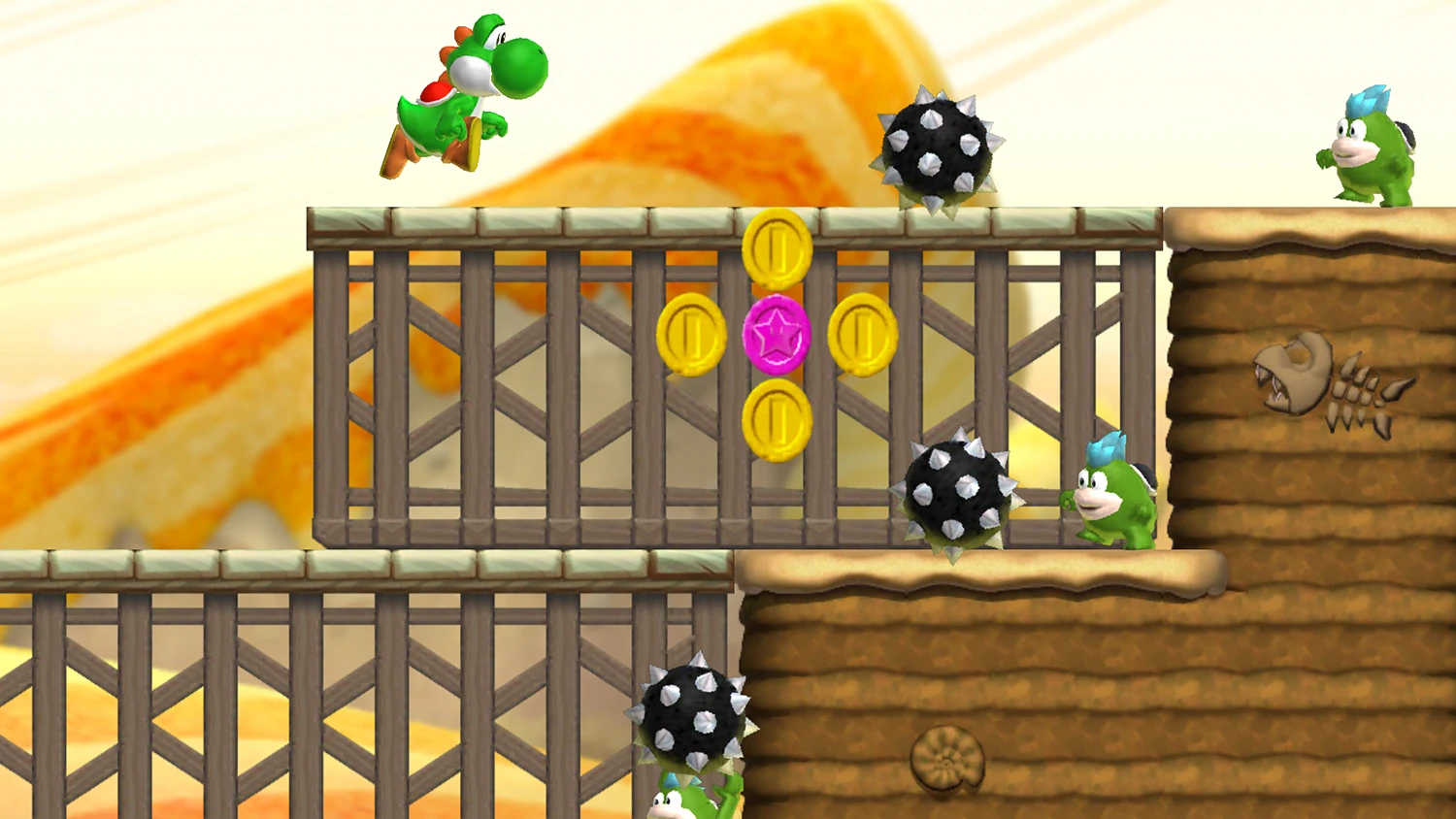
For Old Mario Fans (And New Ones)
This is a Nintendo game we’re talking about, so it’s no surprise that it aims for a broad audience rather than simply catering to serious gamers. “Mario is a franchise that appeals from 5 to 95,” says Fils-Aime. “We believe that Super Mario Run has a very large potential consumer footprint. Given the one-touch tap design, I can see young kids picking this up and giving it a go. But to collect all of the colored coins, and to have three different types of colored coins, means that the most ardent platforming gamer is going to be challenged to play this.”
That mix of simplicity and complexity is a hallmark of Nintendo, and of Mario games in particular. The team at Nintendo in Japan that worked on Super Mario Run included Mario’s legendary creator Shigeru Miyamoto, producer of many Mario games Takashi Tezuka, and Mario Kart game director Hideki Konno. Their influence can be felt in this overall design and the familiar but new designs of the specific courses.
Nintendo has a storied history in portable gaming, from its Game & Watch handhelds of the early ‘80s to the Game Boy to the Nintendo DS and 3DS. Even the upcoming Nintendo Switch console, launching in March 2017, works as a handheld tablet when you’re not playing on your TV. But the company’s move onto iOS is a huge change from the past, when its many famous characters and worlds would only appear on Nintendo-made hardware.
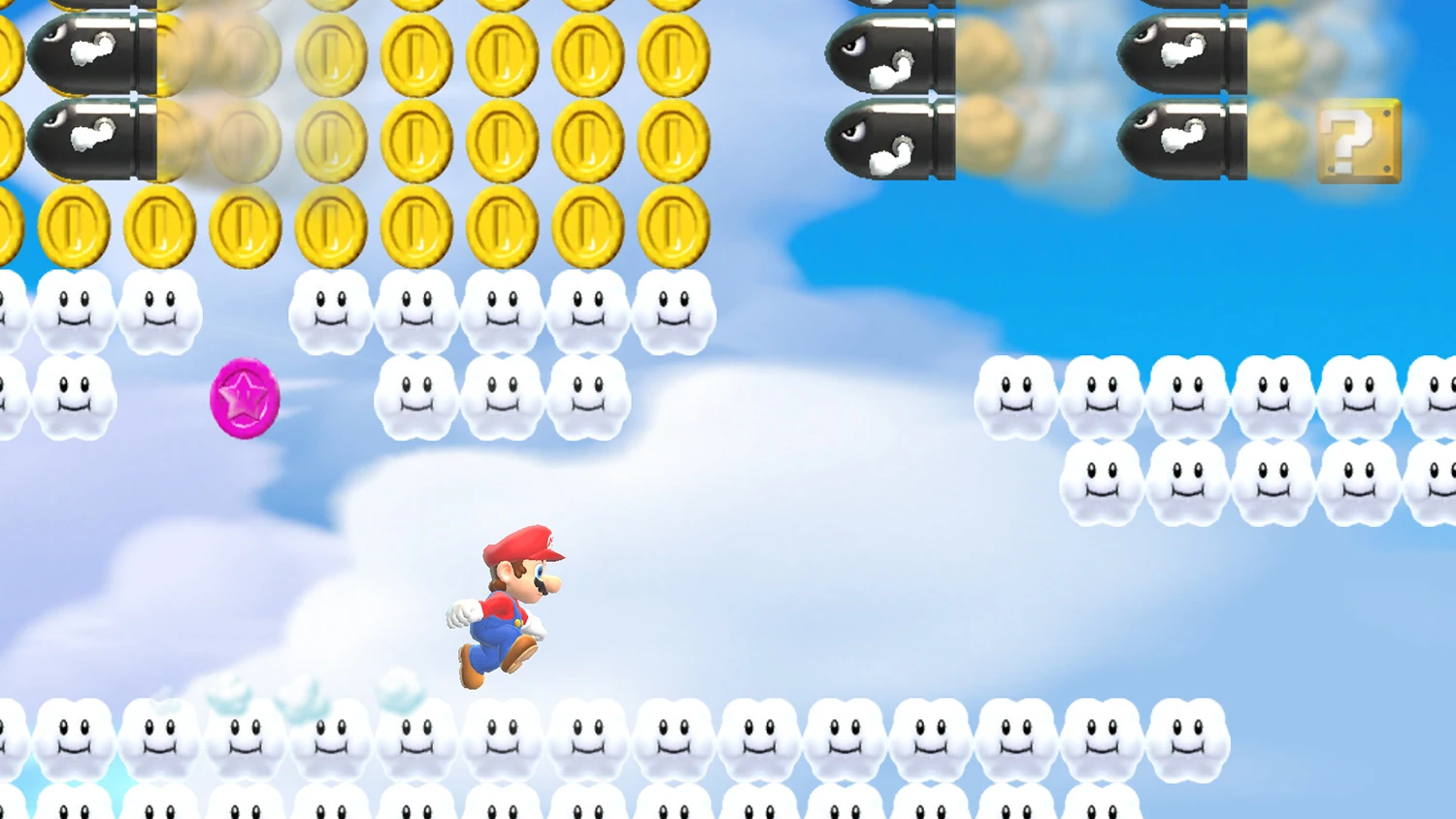
“Our developers understand the mentality of on-the-go play,” says Fils-Aime. “We’ve been fortunate to create content that has really been tailor-made for an on-the-go experience. Tetris is a great example. Pokémon is another example. So I think it’s the combination of understanding the consumer experience, having the right IP [intellectual property] that plays well to the mobile experience, that has given us the capability to continue iterating, continue building on that key knowledge,” he says.
For all that Nintendo knows about gaming,the world has been changing around it. Its current handhelds continue to sell well, but not near the mark that the original Game Boy did. And while the Wii was a blockbuster that sold over 100 million units worldwide, its successor, the Wii U, has failed to reach even 20 million units. With Super Mario Run, the company is reaching out to people who don’t own Nintendo devices–adults that may have grown away from gaming, or children who only know of gaming on smartphones.
“Over 2 billion smart devices are out in the marketplace,” says Fils-Aime. “Smart devices in markets where Nintendo-dedicated platforms really don’t exist, whether that’s India, whether that’s Brazil, as examples. The marketplace has changed pretty dramatically. Our stated business strategy has been to get as many people playing games as possible. Well, guess what? With the proliferation of smart devices, with the proliferation of apps, people are playing games. And that’s what drove us to think differently. Now our business strategy is to make as many consumers engage in our IP and have as fun a time as possible.”
(Most of those 2 billion devices run Android rather than iOS: Super Mario Run is debuting as an iPhone/iPad exclusive, but Nintendo says it plans to release an Android version at some unspecified point in the future.)
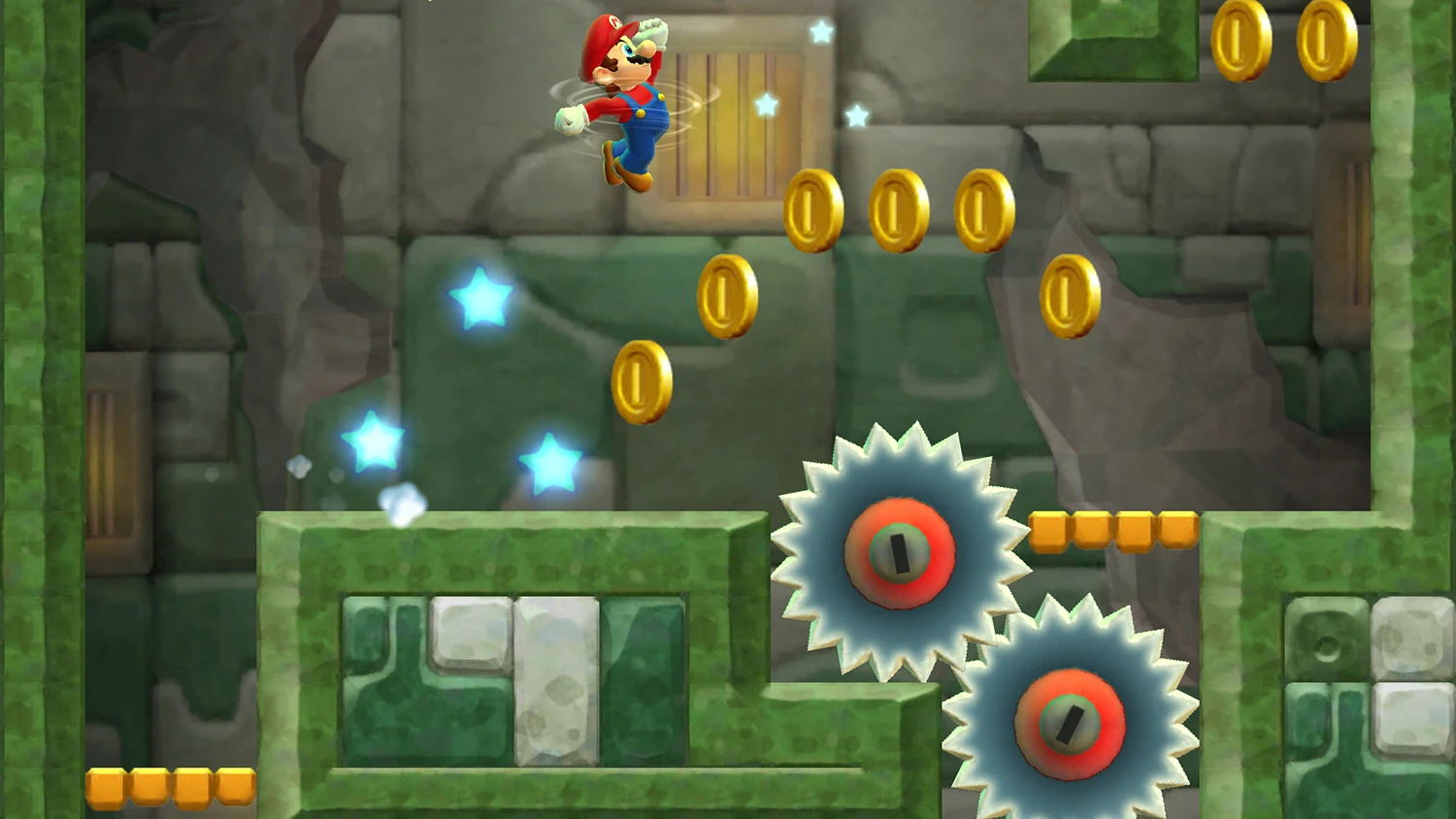
Popular though Mario is, he faces intense competition on those 2 billion mobile devices that Fils-Aime cites, in the form of hundreds of thousands of games from other companies. Of course, the success of Pokémon Go, at half-a-billion downloads, displays that Nintendo franchises can be a hit on phones. And Nintendo seems hopeful about its mobile future, regardless of platform.
“The key thing is that our approach will be really thoughtful,” says Fils-Aime. “We will think about the IP. We will think about its application in a smart-device environment and the type of content you can build to make sure this all matches. There are no buttons; there is not a variety of input capabilities with smart devices. So that’s going to be something that drives our thinking, in terms of whether a particular game and IP and gameplay style best fit on Nintendo Switch, Nintendo 3DS, or smart device.”
Related Video: The Bleeping Amazing Brand Evolution of Nintendo
Recognize your brand’s excellence by applying to this year’s Brands That Matter Awards before the early-rate deadline, May 3.
